For the past 10 years Jack McConnell has been photographing stone walls throughout New England, particularly in Connecticut, where the Laurentide Ice Sheet crashed down from Canada to Long Island Sound 20-30,000 years ago, leaving a debris field of rocks and gigantic glacial erratics. Generations of farmers piled stone upon stone at the edge of their fields providing safe enclosures for their animals and open fields to grow vegetables and grains. At the time of the Civil War there were 240,000 miles of stone walls in New England. But now the inventory of stone walls is fast diminishing as development takes over rural farmland.
To know New England well, one must know its stone walls. Forged at scorching temperatures deep within the Earth and brought to the region by huge glaciers, each stone is the result of both fire and ice. Today’s stone walls continue to be transformed largely by biological processes, Bacteria tarnish them. Lichens dissolve them. Vines penetrate and loosen their stones. Trees, blown down during wind storms and hurricanes, knock large gaps in walls. Left untended, every wall will come apart, tumble to the ground, disperse over acres of soil, and be buried by encroaching vegetarian. Although inanimate, stone walls have an important story to tell. They give us a clock by which we can judge the passage of almost unimaginable time. Just try picturing New England without the iconic stone wall.
Learn more about Jack’s stone wall project by visiting StoneWallJack.com or contacting him at his studio in Wethersfield, jack@jackmcconnellphotography.com and 860.563.6154.

Jessica Stone, Cold Spring Farm, East Haddam
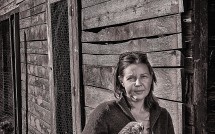
Jessica Stone, Cold Spring Farm, East Haddam
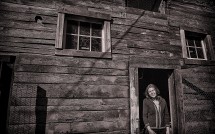
Jessica Stone, Cold Spring Farm, East Haddam

Stonewall Dairy, Corwall
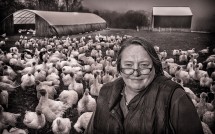
Ekonk Hill Turkey Farm
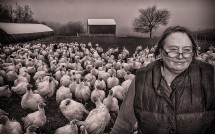
Elena Hermonot, Ekonk Hill Turkey Farm
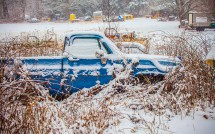
Cavanna Farms, South Glastonbury

Cavanna Farms, South Glastonbury

Cavanna Farms, South Glastonbury

Hytone Farm

Hytone Farm

Woolly Acres, Glastonbury
